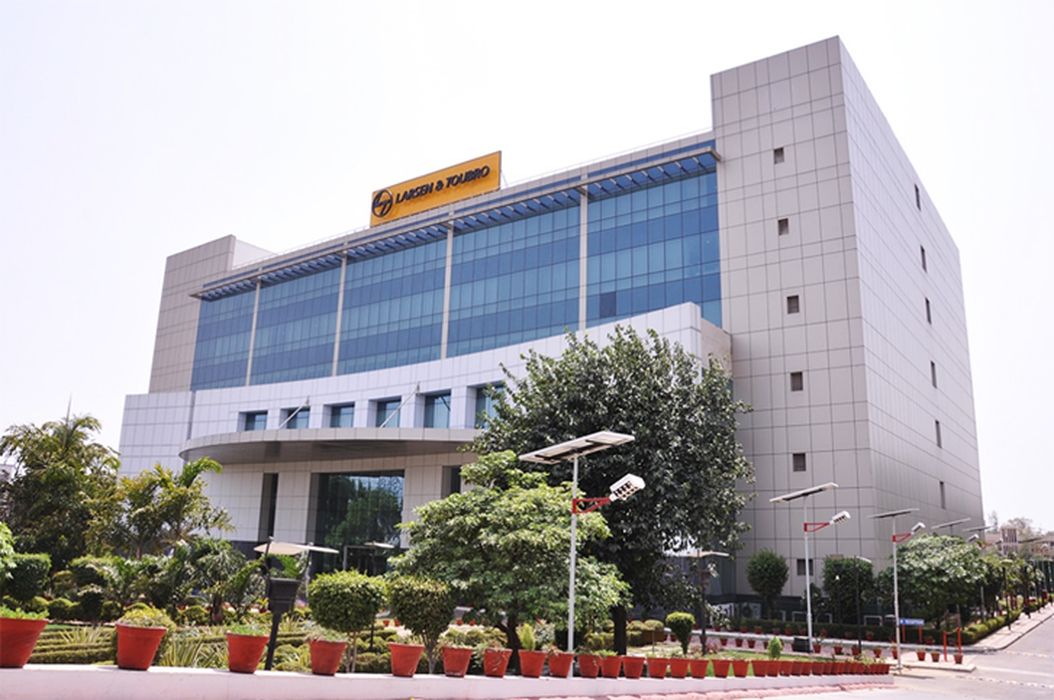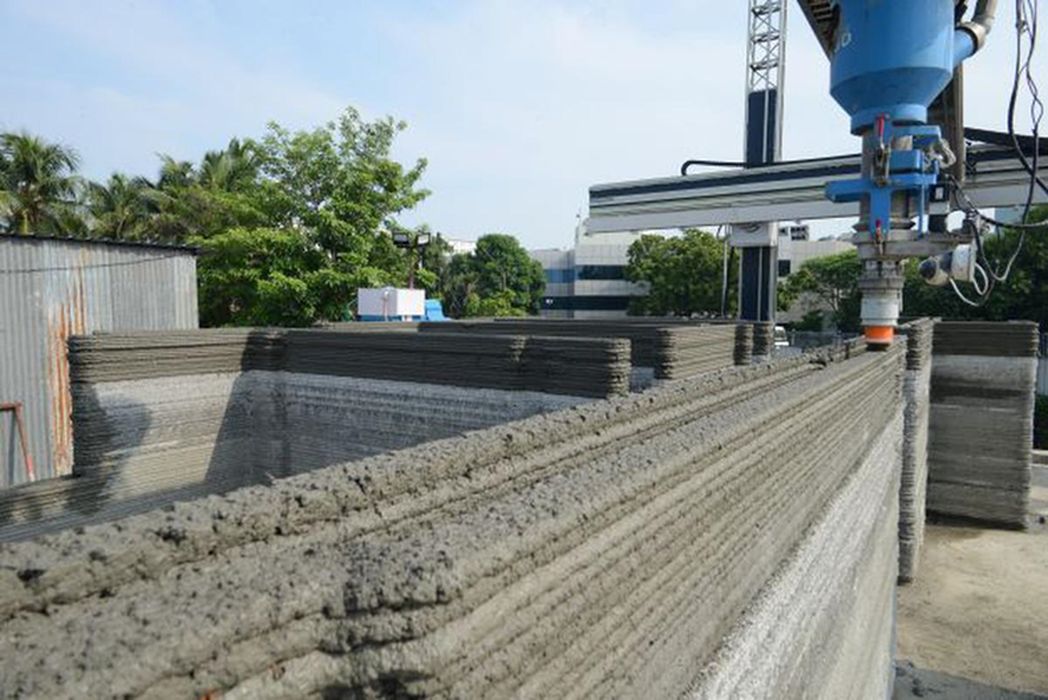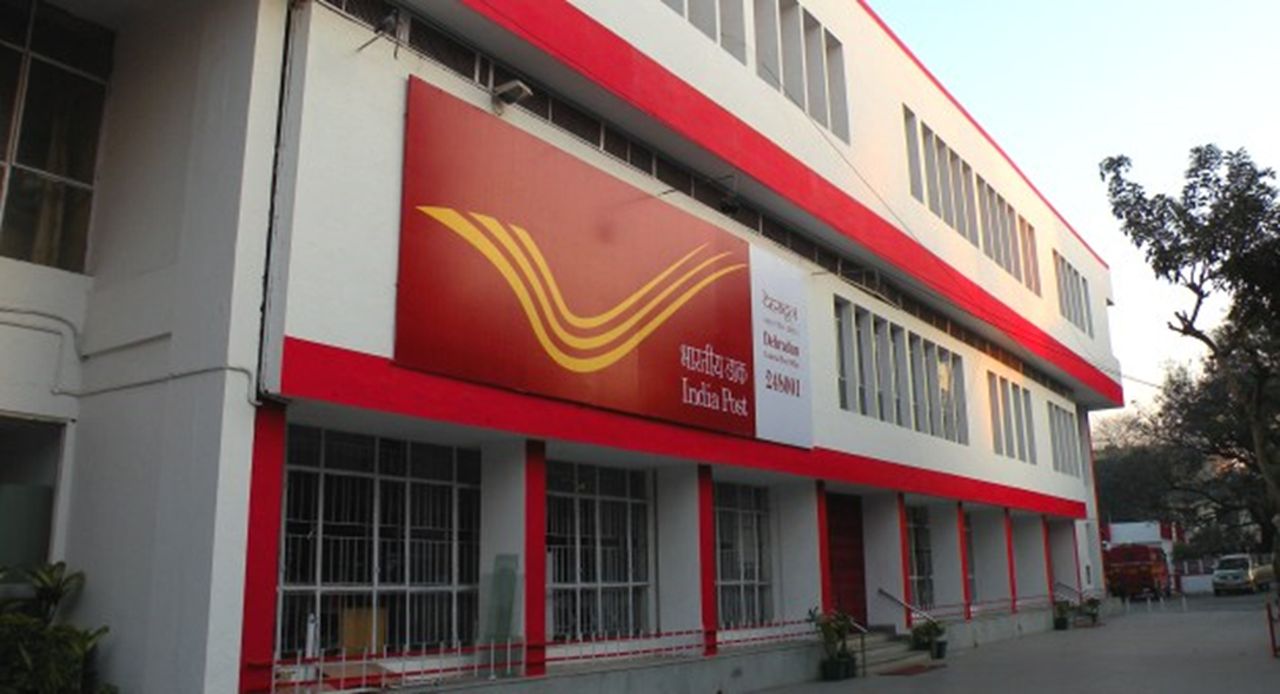
Charles R. Goulding and Preeti Sulibhavi review large Indian firms leveraging 3D printing.
Larsen & Toubro Ltd. (L&T) is a large Indian engineering-based technology, construction and infrastructure firm that has recently developed over 50 defense products working with the Indian government. L&T is publicly traded and has over 300,000 employees. Observing the war in Ukraine and its long-standing tension with China, India is using its current strong economy to increase defense budgets with an emphasis on domestic production. Historically, India has sourced defense-related products in descending order from Russia at the 46 percent level, followed by portions from France and the US.
Concurrent with emphasizing domestic production the Indian government is implementing staggered bans on imports. In recent years, the US has integrated 3D printing into OEM defense industry production while all military branches have focused on 3D printing technology. L&T has existing 3D printing expertise which can be expanded to onshoring Indian defense product manufacturing.
L&T is also involved in advancing 3D printing technology. L&T is in talks with leading builders in Bengaluru and Chennai cities in India, to take its 3D Concrete Printing (3DCP) technology to the next level. A top official indicated that their primary targets were affordable housing, villas, military barracks, and single-floor schools, post offices, and factories.

In 2020, L&T 3D printed a ground plus one building in India. L&T has 3D printed the building of 700 square feet built-up area at its Kanchipuram facility with an in-house developed concrete mix, using indigenously available regular construction materials. It is the first of its kind in the country. We have covered 3D printing concrete houses previously.

In addition to L&T, TATA the huge Indian conglomerate has been expanding its defense business in its TATA Advanced Systems Limited (TASL) division which has 350 engineers working on defense production.
The Research & Development Tax Credit
The now permanent Research and Development (R&D) Tax Credit is available for companies developing new or improved products, processes and/or software.
3D printing can help boost a company’s R&D Tax Credits. Wages for technical employees creating, testing and revising 3D printed prototypes can be included as a percentage of eligible time spent for the R&D Tax Credit. Similarly, when used as a method of improving a process, time spent integrating 3D printing hardware and software counts as an eligible activity. Lastly, when used for modeling and preproduction, the costs of filaments consumed during the development process may also be recovered.
Whether it is used for creating and testing prototypes or for final production, 3D printing is a great indicator that R&D Credit eligible activities are taking place. Companies implementing this technology at any point should consider taking advantage of R&D Tax Credits.
Conclusion
India’s improved economy will enable the country to defend itself and hopefully create a more balanced region. 3D printing can play a major role in helping to achieve hopes for geopolitical stability.
